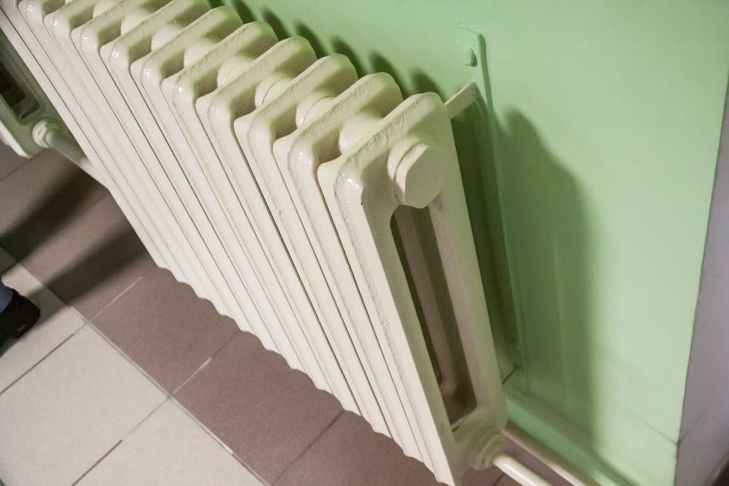Condensation on windows is an unpleasant phenomenon that can lead to the appearance of mold, mildew and unpleasant odors in the house.
Condensation is formed due to differences in temperature and humidity between the inside and outside of the room.
How can you avoid this problem and keep your windows dry and clean?

There are three basic rules that will help you deal with condensation on your windows.
Provide good ventilation
Ventilation is one of the most effective ways to combat condensation on windows. Ventilation helps remove excess moisture from the room and maintain an optimal microclimate.
To do this, it is necessary to regularly ventilate the rooms, especially after cooking, showering, drying clothes and other actions that increase air humidity.
You can also use special ventilation systems that provide constant air exchange in the house.
Install thermostats
Thermostats are devices that help maintain a constant temperature in a room. Thermostats help reduce the temperature difference between the air and the glass, which reduces the risk of condensation on the windows.
Thermostats can be installed on radiators, air conditioners or heated floors. The optimal temperature for comfortable living is 18-22 degrees.
Choose quality windows
The quality of windows also affects the appearance of condensation on them. The better the windows insulate the room from cold and noise, the less likely it is that moisture will accumulate on them.
When choosing windows, it is worth paying attention to such parameters as the number of chambers in the glass unit, the thickness of the glass, the presence of an energy-saving coating and the quality of the seals. It is also important to install the windows correctly so that there are no cracks and drafts.
Previously, we told you what to do if the batteries are not the right size .
